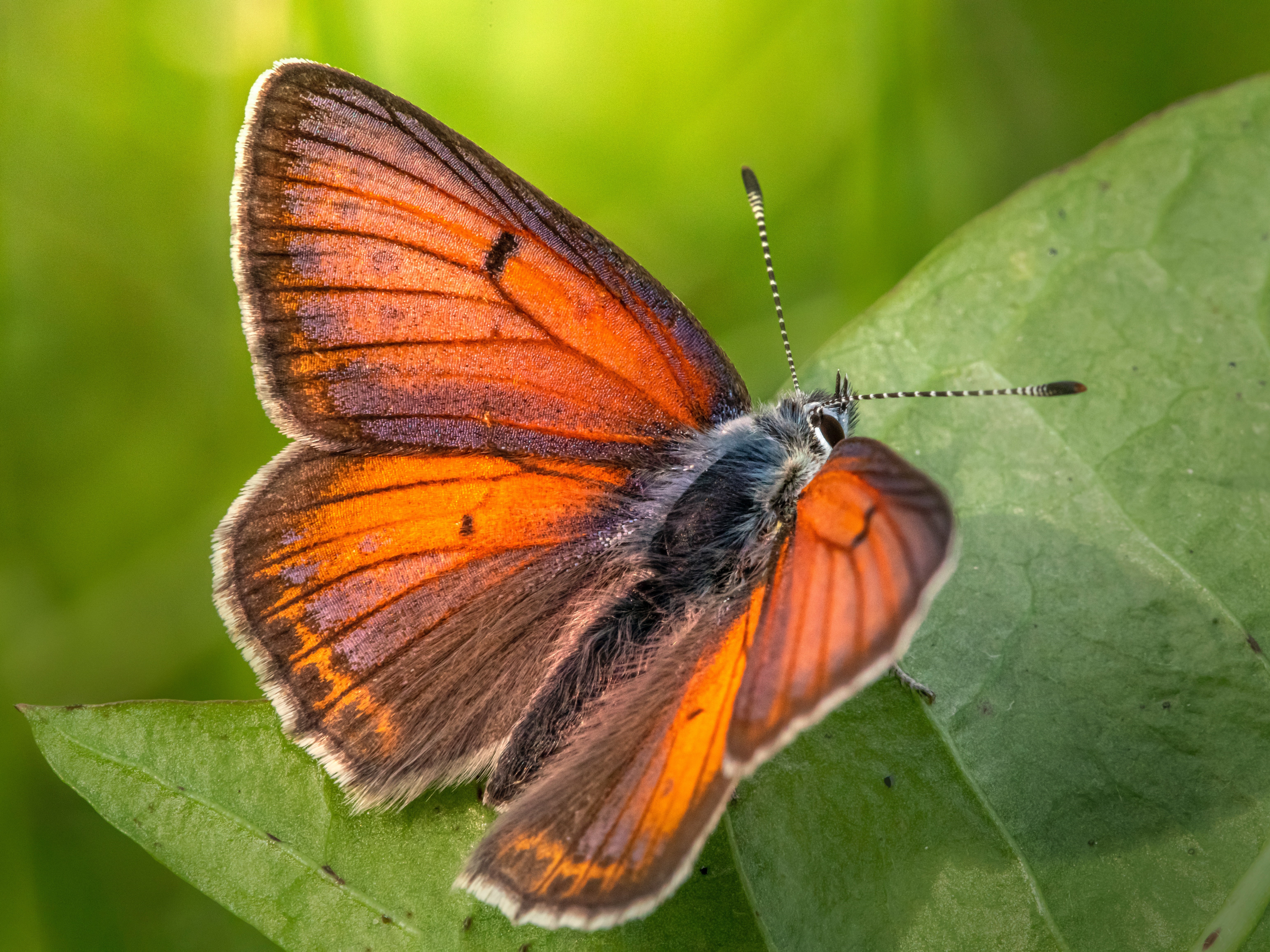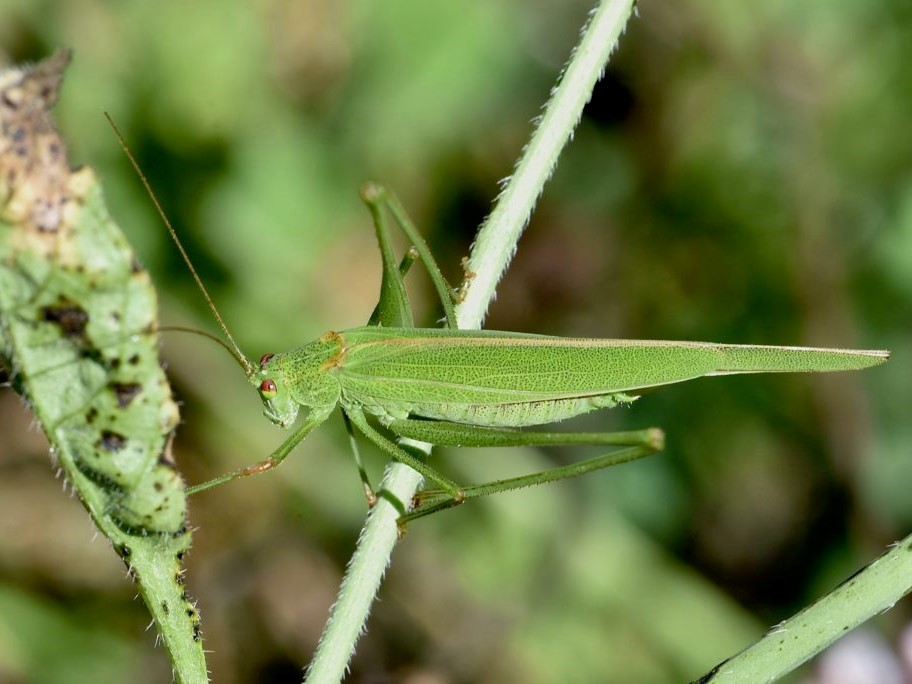Biodiversity, land use and landscape change
CERN Environment Report 2021-2022
CERN's sites cover a total of 625 hectares. In addition to land used for buildings and infrastructure, this area comprises 409 hectares of cultivated fields, recreational land and meadows, 104 hectares of woodland and three wetlands. All this land teems with wildlife, including some rare species. To best preserve all land and biodiversity under its management, CERN has a dedicated programme that allows it to understand and valorise its environment and thereby meet its evolving needs with minimal impact.
Preserving the landscape
 In 2015, CERN published its first Masterplan, which reflected the Organization’s vision in terms of future campus development for the period until 2030 for both of its main sites, Meyrin and Prévessin. This important tool, which was updated at the end of 2021 to cover the Organization’s vision until 2040, enables CERN to understand the practical consequences of development and to manage it in a responsible way. From measures to preserve biodiversity to optimised mobility solutions, careful building management and consolidation and the integration of facilities into the surrounding landscape, the Masterplan takes into account the current and future needs of the Laboratory, along with those of its neighbours, including potential development outside the current fenced area. In close collaboration with the Host States, France and Switzerland, the objective is to allow the development of CERN and to guarantee the functionality of the site while preserving and enhancing the surrounding rural and forest areas.
In 2015, CERN published its first Masterplan, which reflected the Organization’s vision in terms of future campus development for the period until 2030 for both of its main sites, Meyrin and Prévessin. This important tool, which was updated at the end of 2021 to cover the Organization’s vision until 2040, enables CERN to understand the practical consequences of development and to manage it in a responsible way. From measures to preserve biodiversity to optimised mobility solutions, careful building management and consolidation and the integration of facilities into the surrounding landscape, the Masterplan takes into account the current and future needs of the Laboratory, along with those of its neighbours, including potential development outside the current fenced area. In close collaboration with the Host States, France and Switzerland, the objective is to allow the development of CERN and to guarantee the functionality of the site while preserving and enhancing the surrounding rural and forest areas.
During the reporting period, work for the High Luminosity LHC (HL-LHC) project was carried out at Points 1 and 5 of the LHC ring. At Point 1, this required 0.9 hectares of new constructions on formerly agricultural land, while at Point 5 it was possible to accommodate the necessary work on the existing built site. Construction of the Science Gateway, CERN’s new education and outreach centre due to open in 2023, also got under way. The centre occupies what was previously a car park.
Protecting biodiversity
In 2020, the Organization set up a working group on biodiversity with key objectives spanning the conservation and protection of natural spaces, biodiversity development across the site and the definition of indicators for improved monitoring. The group proposed an action plan for 2021–2025 consisting of several measures, two of which have already been funded and set in motion. A third measure, entailing a preliminary study of heat islands, began to be implemented in 2022.
The first of these measures involved drawing up guidelines on how biodiversity considerations should be taken into account for new constructions at CERN. A total of eleven guidelines were issued, inspired by Host State regulations and best practices in the biodiversity field. They cover a range of subjects, such as management of invasive species, green roofs and planting new trees as a compensation measure. In this vein, 100 trees have been planted on the Meyrin site to compensate for trees that were previously felled due to ageing or to construction work. Furthermore, at the end of November 2022, CERN started planting more than 400 mature trees of eleven different varieties around CERN’s future education and outreach centre, the Science Gateway. Specific measures have been developed not only to preserve CERN’s natural heritage, but also to strengthen biodiversity on the land managed by CERN, according to an approach based on low-intensity maintenance, minimum watering and elimination of fertilisers and chemicals wherever possible.
Exploring CERN's flora and fauna
The second measure entailed surveys of the various species of fauna and flora present on the CERN sites. These were completed in 2022 and identified “areas of interest” to be classed as a priority for preservation in the event of any planned works and projects. These areas will be integrated in the Organization’s Geographical Information System.
Conducting surveys is crucial for monitoring populations, identifying zones of biological interest and prioritising their importance such that concrete protection measures can be defined and implemented. Based on expert recommendations, the inventories focused on flora, amphibians, insects and birds. The inventory of amphibians revealed two protected frog species and two protected species of the newt family. The insect-based surveys focused on Lepidoptera (butterflies) and Orthoptera (locusts, grasshoppers and crickets), as these groups reflect the quality of the environments and of the maintenance practiced there. The surveys identified 62 species of Lepidoptera and 32 species of Orthoptera across the sites. The flora inventory led to the identification of 13 threatened species of flora, as well as two new orchid species on the CERN site, bringing the total number of identified orchid species to 18 (including two subspecies).

|

|
In focus
Alison Lacroix is a botanist and project engineer at “Atelier Nature Paysage”, the consultant that coordinated the flora and fauna inventories in 2022.
— What is the importance of making inventories of flora?
AL: From a general point of view, flora inventories are important for characterising natural environments and identifying those that are of particular interest, for example because they harbour flora (as well as related fauna) that develops only in certain conditions. They can also identify rare, threatened or protected plants.
From a more specific point of view, carrying out inventories makes it possible to monitor the effect of changes in management and maintenance practices by allowing a comparison of the data before the change and the data five years later, for example.
— What specific observations do you have regarding the 2022 inventory?
AL: The richness of the Meyrin and Prévessin sites in terms of orchids was already known. However, the 2022 inventory has highlighted the great diversity of environments, some of which are of interest for their characteristics or because they host rare plants such as Lathyrus tuberosus (tuberous pea) and Ophioglossum vulgatum (southern adder’s-tongue). The inventory also made it possible to identify three areas of interest for orchids within the fenced CERN domain. Personally, I had never observed such a density of Ophioglossaceae (although they seem to have suffered from years of drought), nor of Himantoglossum hircinum (lizard orchids).
Learn more
Questions regarding this report may be addressed to environment.report@cern.ch.
